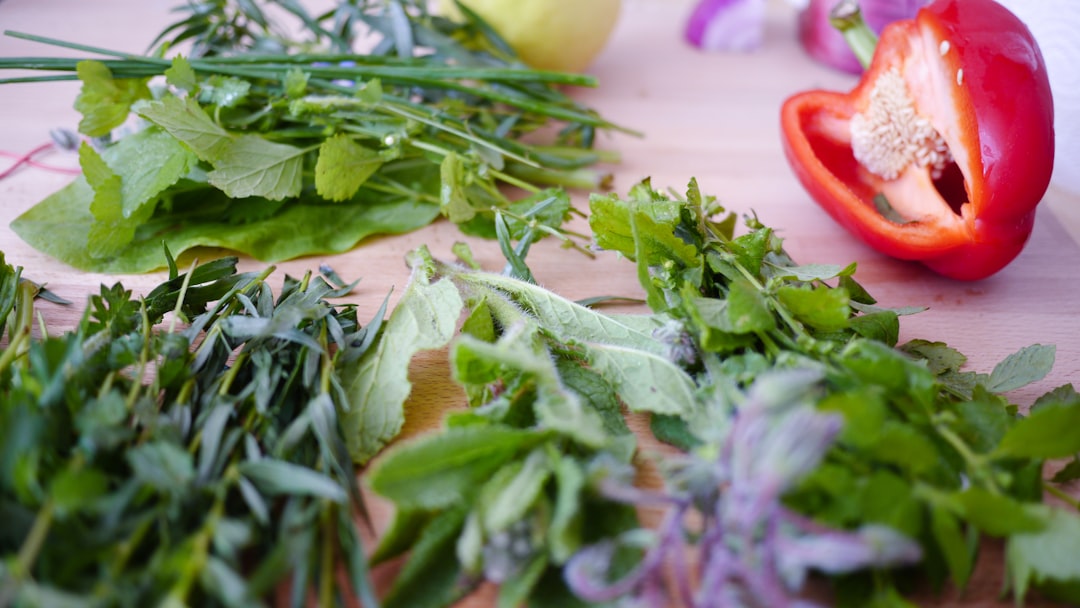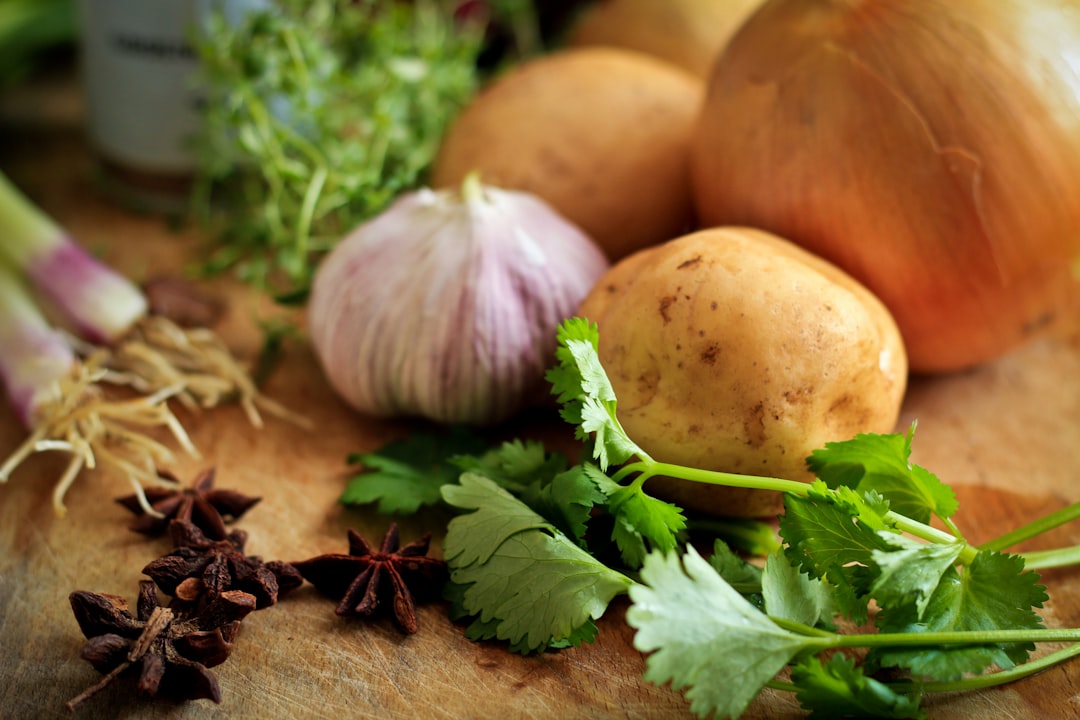Life in a metropolitan area is difficult, especially when you aren’t able to see those green plants in your surroundings. Most of the people over here in Delhi live in apartments but those who live in the houses with terraces are the lucky ones. But you’re in luck because your mundane terrace can be turned into a beautiful garden using some of these plants.
When you go to the market, you find these plants in processed form. Those products are not 100% natural and fresh. (Duhh.) And those fruits and vegetables are filled with pesticides. So why don’t you have your own plants? Fresh and natural.
I know you might be thinking that nowadays people don’t have time to take care of themselves properly, so who’s gonna grow these plants and take care of them? Let me tell you one thing: I’m a lazy procrastinator but I still manage to take care of these plants. Here are just a few plants you can grow on your terrace:
Aloe Vera
Aloe vera is a plant with thick and fleshy leaves and no stem. Aloe vera is used for hair, skin treatment and for consumption as fresh juice. It treats so many problems—which is why it is found in many cosmetics, lotions and medicinal products.
It can be grown using a plant brought from a nursery or you can take small saplings growing near a fully-grown Aloe Vera plant if the plant is available in the nearby area. It can be planted in a small pot but as it grows, it needs a bigger pot as it starts tipping over and wilts.
It’s a dry region plant so it needs less water. Make sure that the pot or container has a hole for water to drain out. Don’t place it in direct sunlight or it will wilt. You can place it in indirect sunlight or shade.
Mint

I feel so refreshing when I smell mint. It’s an herb used for treating cold, indigestion, allergies etc. It is added to various dishes and beverages to add a refreshing taste which soothes your body inside out. It’s used in toothpastes too as it is good for oral health and also provides flavor.
This—one of the most used herbs in the culinary world—can be easily grown on your terrace. It can be grown in small pots in the sunny part of terrace. If it is withering then put it in a shady part. Mint plant requires good amount of water. Next time you feel tired, have a sprig of mint with water and feel its freshness.
Hibiscus

I always used to see Hibiscus plants in the gardens and I used to pluck a flower and put it in my hair to embellish it. Little did I know, they are actually use for hair conditioning. You can make paste of Hibiscus flower and apply it in your hair, or wash it when it gets dried. Your hair will get new shine and softness.
Hibiscus flowers and leaves are used to make herbal tea which may not taste good but it treats a lot of ailments. It has different colors but the red one is most commonly used for medical purposes.
You will find Hibiscus plants easily in a nursery. It needs a lot of water when it is small and also in the dry summer season. As the weather becomes cool, the amount of water can be reduced. Water your plant slowly and deeply, and don’t make the soil soggy. The Hibiscus needs bright sunshine for healthy growth.
Holy Basil /Tulsi
Holy basil or Tulsi can be commonly found in Indian houses as it is considered a holy plant as suggested by its name. There are so many benefits of Tulsi that I can’t even write all of them down. It has antibiotic properties, it helps for treating ailments, it reduces stress etc.
It can grow in areas having mild temperatures. It needs to be watered daily but avoid watering in the rainy season. It thrives in bright sunlight but also grows in shady parts or indirect sunlight. Pluck fresh small sprigs when you need them.
Coriander/Cilantro
Coriander is commonly known as Dhaniya in India and Cilantro in the America and some parts of Europe. Its leaves have a fresh and pleasant aroma and it is commonly used for garnishing or as a condiment in various dishes. It can be used as fresh or dried herb. It not only enhances the taste of the dish but provides you with various minerals, vitamins and different types of ascorbic acid.
Coriander plant can’t survive in extreme conditions like frost or high temperature. Plant coriander in summer time or spring season as it thrives in cooler and drier times of the year. Growing this plant from seed will be difficult so I’ll prefer to buy a sapling from nursery. Water the plant daily. Keep the soil damp not soggy. Pluck few leaves for use and you can use spray bottle to keep leaves fresh.
Lemon Tree
From decorating your Mojito glass to various culinary dishes, from freshening up your mind to freshening up your kitchen , from treating sore throats to skin and digestion problems, lemons come to the rescue.
For the lemon plant, you need a small pot at first but as it grows, you will need a really big pot as it will become a tree. A small lemon plant doesn’t produce lemon so try to find a big one which will thrive to become a tree.
Lemon tree produces fruits at all times of the year. It takes several months for fruits to ripen in order for you to consume it. If you would pluck an unripe one then it would taste bitter. Water the plant in an ample amount. It’s little difficult to grow a lemon tree because it needs more space to grow.
There are many more beneficial plants which you can grow. Try to find out more of these kinds of plants and herbs. Nowadays, organic farming is trending. It’s time to think about what we are consuming. We waste our time time sitting in front of TVs or using a phone, but if we can find a little time for these plants, we can make our life more healthy.







